As we continue our collective programming journey, building on the foundation of intermediate programming, we’re ready to venture into the advanced territories. With a solid grasp of popular languages and their features, we’re set to unlock the secrets of more complex languages, concepts, and techniques.
In this series, we’ll embark on an expedition into advanced programming, refining our skills in familiar languages like Python, R & SQL. We’ll explore their advanced functionalities, such as intricate data structures, powerful generators, elegant decorators, versatile maps, and efficient iterators, among others. We’ll also provide solid mathematical foundations for the concepts and techniques requiring this.
Once we’ve strengthened our understanding of these advanced features in accessible languages, we’ll delve into the rabbit hole of cutting-edge, niche languages like Haskell, Common Lisp, Rust, Scala, Elixir, Racket, Julia, and others. We’ll also include some esoteric languages such as Prolog & other Lisp dialects (we’ll go as far as discussing some Brainfuck, just for fun). We’ll investigate each language’s advanced features, uncovering best practices and innovative design patterns. Additionally, we’ll discuss essential concepts such as concurrency, parallelism, multithreading, memory management, pointers, and advanced functional constructs & techniques.
Whether our goal is to broaden our programming skillset or tackle more complex projects, this series of carefully curated articles will take us to the limits of what languages can do. Through hands-on examples at every step of the journey, we’ll soon find ourselves gaining even more tools for our toolset, along with a completely new vocabulary.

